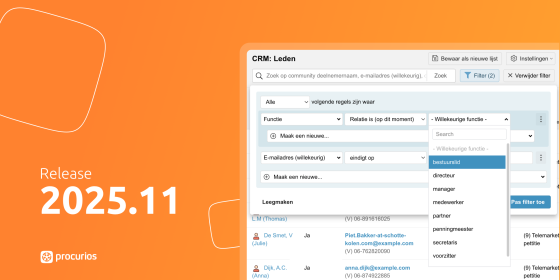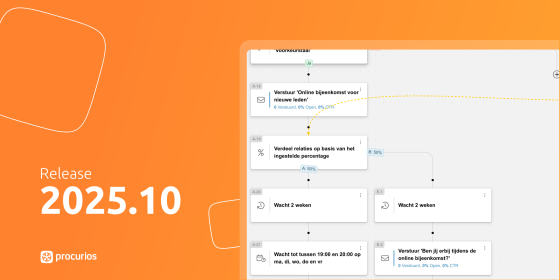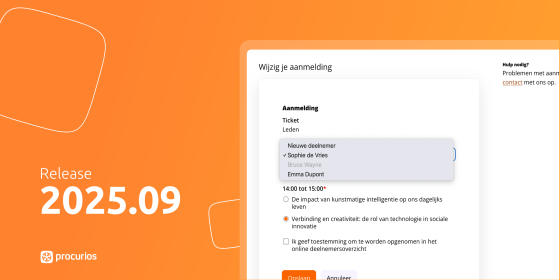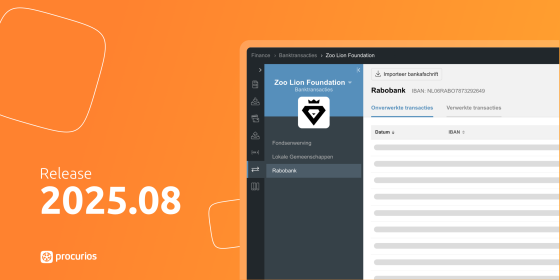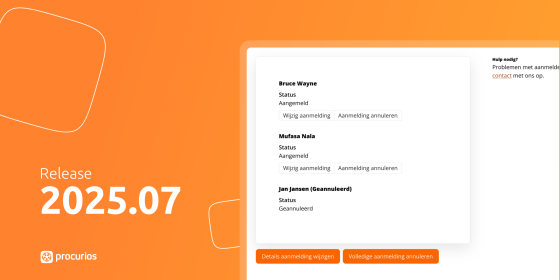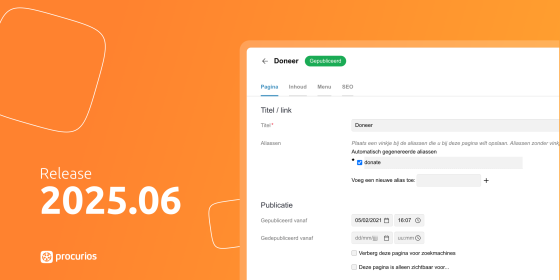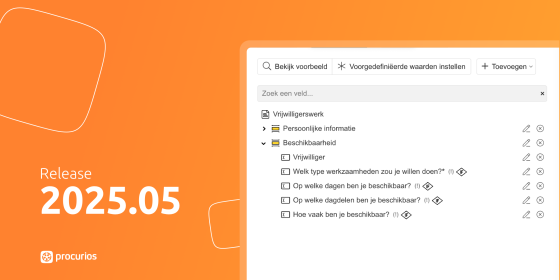Release 2024.01
On the 9th of January 2024, all customers on the production version of the Procurios Platform will use release 2024.01. In this blog you can read all about what's new and what has been improved. For more information about the different versions of the platform, please visit the release page.

Platform: additional analytics options Forms&Surveys and Profile&Registration
One of the changes in the previous release was that you van now also add a promotional code with Forms, so that you can find out why someone fills out the form. To gain more insight into how often forms are completed and through which route, you can now read from the URL where someone completed the form and why (promotional code), in both Forms&Surveys and Profile&Registration. This information can be read using analytics packages to better measure conversion.
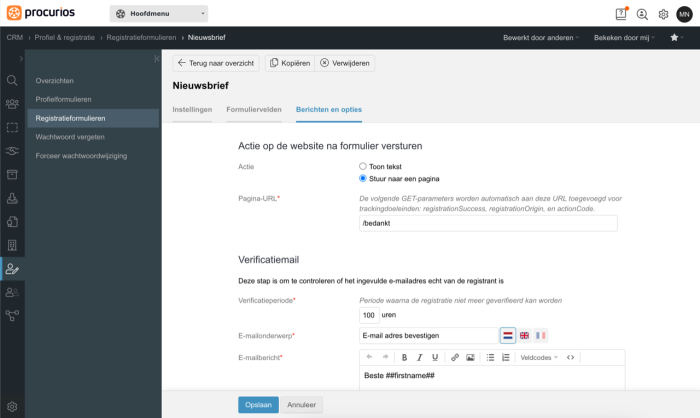
E-Commerce: todo for webshop orders
An order at an online store is usually the start of a process. In those situations where this process wasn't automated, the mailbox often served as a kind of to-do list. To ensure that you have your to-do's neatly available in one place, you can now create tasks for an online store order. This way you can make the process that follows these orders transparent through the tasks.
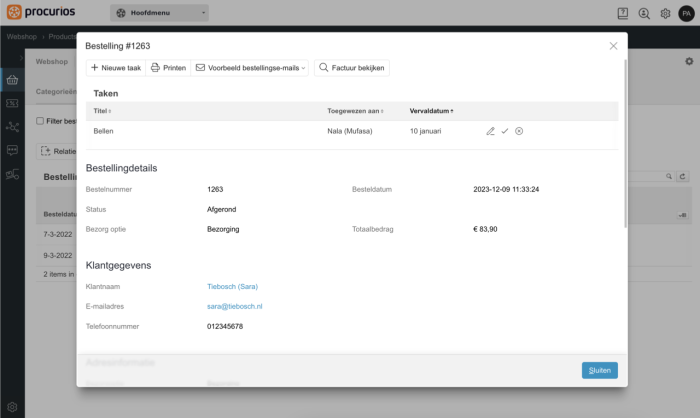
E-Commerce: payment costs as a percentage of the order amount
If you offer payment by credit card in your webshop, you pay a percentage of the order amount as payment costs. It is now possible to set this percentage in the webshop, and to pass on these costs to the orderer.
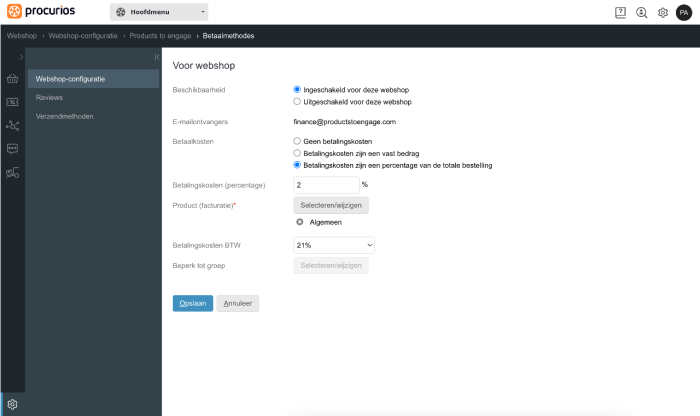
More information in the datalayer
The "data layer" of each page often contains information you want to gather insights from in your analytics package. We've now added two new pieces of information: the page's breadcrumb trail, and generated properties. This can for example allow you to distinguish different types of logged in users from each other in your analytics package.
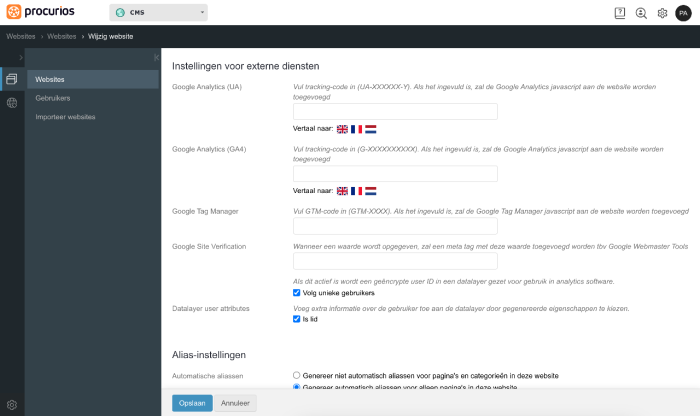
Validation of Twig files
Customers who use the "User interface" module to create their own user interfaces, do so using Twig. To ensure we are future-proofed for new Twig versions, you will now be notified upon saving the Twig file if your code is not valid.






